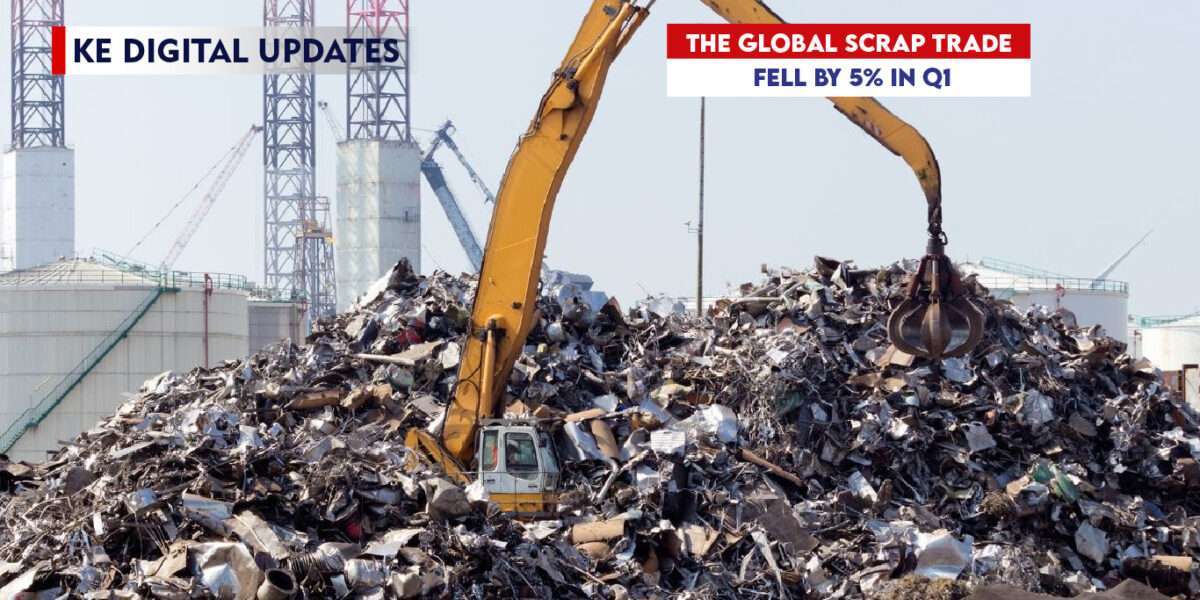Published on 04 June 2024
The first quarter of 2024 significantly changed the global ferrous scrap trade. The total trade volume fell to 14.3 million tons, marking a 5% decrease from the same period in 2023. This downturn was influenced by several factors, including geopolitical tensions and changes in the import-export dynamics of key players.
Turkey: The Leading Importer
Turkey, the world’s top importer of scrap, bucked the trend. The country imported 5.3 million tons of raw material between January and March of 2024, an increase of 8% year over year. This growth demonstrates Turkey’s robust demand for scrap, driven by its expanding steel industry.
India: A Significant Decrease in Imports
India, the second-largest importer, witnessed a substantial reduction in its imports. The imports decreased by more than 29% yearly to 2.3 million tons. The reasons behind this significant decrease are multifaceted, potentially linked to domestic policy changes, market dynamics, and shifts in the global scrap trade.
United States: The Biggest Exporter and Third-Largest Importer
The United States, recognized as the biggest exporter and the third-largest importer of scrap, also saw a decrease in its imports. The imports fell by 9% yearly to 1.1 million tons. This decline could be attributed to the country’s increased focus on domestic recycling and using scrap in its own steel industry.
Impact of the Red Sea Crisis
The Red Sea crisis had a profound impact on the global scrap trade. The crisis led to a drop in global scrap imports as market capacity was temporarily reduced, and freight charges increased significantly. This situation further complicated the global scrap trade, adding to the challenges faced by importers and exporters.
Global Consumption of Steel Scrap
In 2023, global steel scrap consumption by steel enterprises decreased by 12% compared to 2022, amounting to 411.28 million tons. This decrease in consumption could be attributed to various factors, including changes in production methods, shifts towards more sustainable materials, and fluctuations in the global economy. In conclusion, the first quarter of 2024 significantly changed the global ferrous scrap trade. The dynamics of this market continue to evolve, influenced by geopolitical events, national policies, and industry trends. As we move forward, it will be interesting to observe how these factors shape the future of the global scrap trade.


